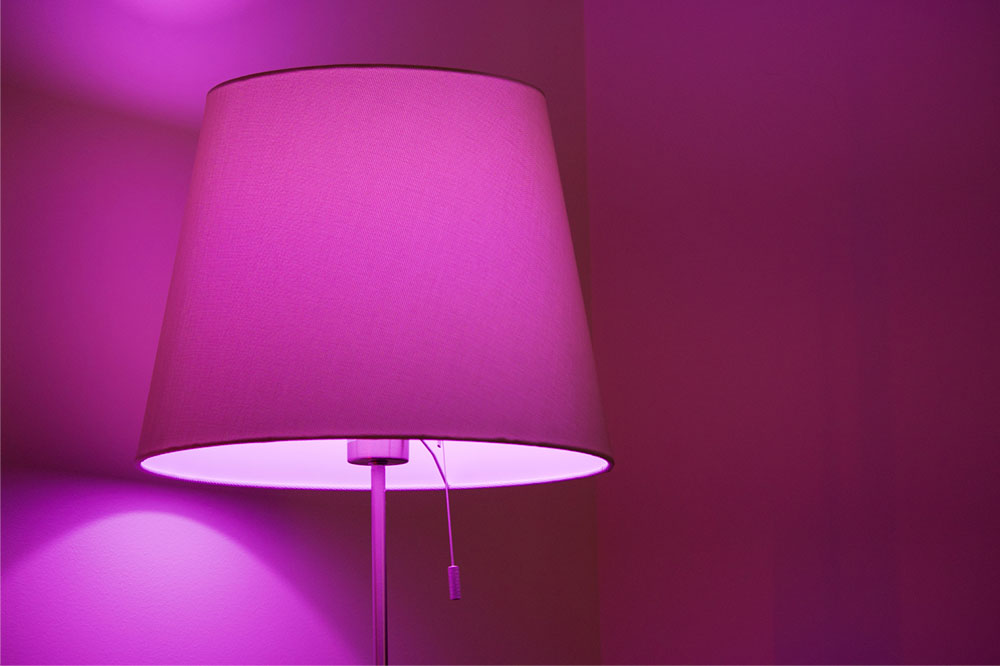9 common home lighting mistakes to avoid

Interior lighting plays a huge role in how one visualizes and uses their living space. Overly lit homes can feel harsh and, at times, even annoying. On the other hand, poorly lit rooms can be cold, non-functional, and uninviting. Additionally, lighting influences how one feels about a space. This makes it important to ensure the space is well-lit. Additionally , when installing lights in a living space , one should avoid a few common mistakes.
1. Overusing recessed lights
Recessed lights are typically installed into openings in the ceiling so the fixtures are aligned with the ceiling. They help illuminate different spots in the room. That said, they are not the best option when the goal is to make the space more inviting and cozy. So, instead of relying solely on recessed lights, one can try adding pendant lights, track lights, chandeliers, or lamps (wall, table, and/or floor). Additionally, one can consider adding dimmers to the recessed ceiling lights to experiment with the light temperature.
2. Opting for harsh overhead lights
Sometimes, overhead lights can be crucial, especially if one wants to use them to study, work, or brighten the entire space. That said, overhead lights can seem quite harsh and unnaturally bright. It can make one unable to relax, which is not desirable when at home. So, when choosing overhead fixtures, one can opt for warm instead of cold white lights. Warmer lights can illuminate the space without making it feel harsh and uninviting.
3. Skipping dimmers
This is another common lighting mistake to avoid. Dimmers help control the room’s brightness level and simultaneously change the mood of the space. So, one can dim an extremely bright light when they want to switch from work to relaxation mode. Adding dimmers can make harsh lights deliver a soft glow with a click. Additionally, dimmers are energy-efficient additions, as they help reduce the energy consumption. Finally, dimmers can extend the life of the light fixture.
4. Choosing the wrong height and spot
A common home lighting mistake is placing lamps at the wrong height or spot. When placed in a hidden or obscured place, a lamp will not offer enough warmth or character to the room. Lamps are a great way to add charm and character to a space. Not just lamps but even fixtures like pendant lights can be a nuisance when hung at the wrong height. In such cases, they may not illuminate the desired spot and even be a hindrance to taller home inhabitants.
5. Not layering
Relying on a single artificial light source is another key mistake to avoid, as using different types of lights can add character and depth to the space. So, one can consider adding ambient lighting and layering it with accent lights. This will also give one the option to turn on different lights according to their mood. Also, one can add task lights to illuminate workstations and desks, while the rest of the space can use softer light sources.
6. Not checking for shadows
Shadows indicate whether a source of light is suitable for the space. Wrongly placed lights can fill the room in shadows, affecting overall visibility. Additionally, unwanted shadows can ruin the ambiance of the room. So, one should check if dark spots appear in the room after turning on the lights. Then, one can tweak the placement of lights accordingly. Here, it helps to remember that larger light fixtures can make the room appear bigger and eliminate unwanted shadows.
7. Ignoring lampshade design
It is easy to overlook the effect the material, color, and design of lampshades can have on the lighting. For instance, lampshades with bright-colored lining will offer an unnatural glow, which might be undesirable for those going for natural-looking lights. Here, one might want to stick with neutral colors. Additionally, the thickness of the shade affects the light output. Opaque lampshades can limit the light, whereas thinner shades allow a more unhindered light flow.
8. Not illuminating cabinets
Cabinet lighting is one of the most commonly overlooked elements. Not only do cabinet lights offer some layering, but they also improve the functionality of the space. Additionally, installing lights inside the cabinet makes locating things easier.
9. Relying on indirect bathroom lights
Indirect light fixtures can make it difficult to spot finer details, dirt, dampness, and hair in bathrooms. While indirect sources, like LED strips along the sides of the bathroom mirror, can be visually pleasing, they hinder visibility if they are the only sources of light in the space. So, one should consider adding direct lighting fixtures in the bathroom.


